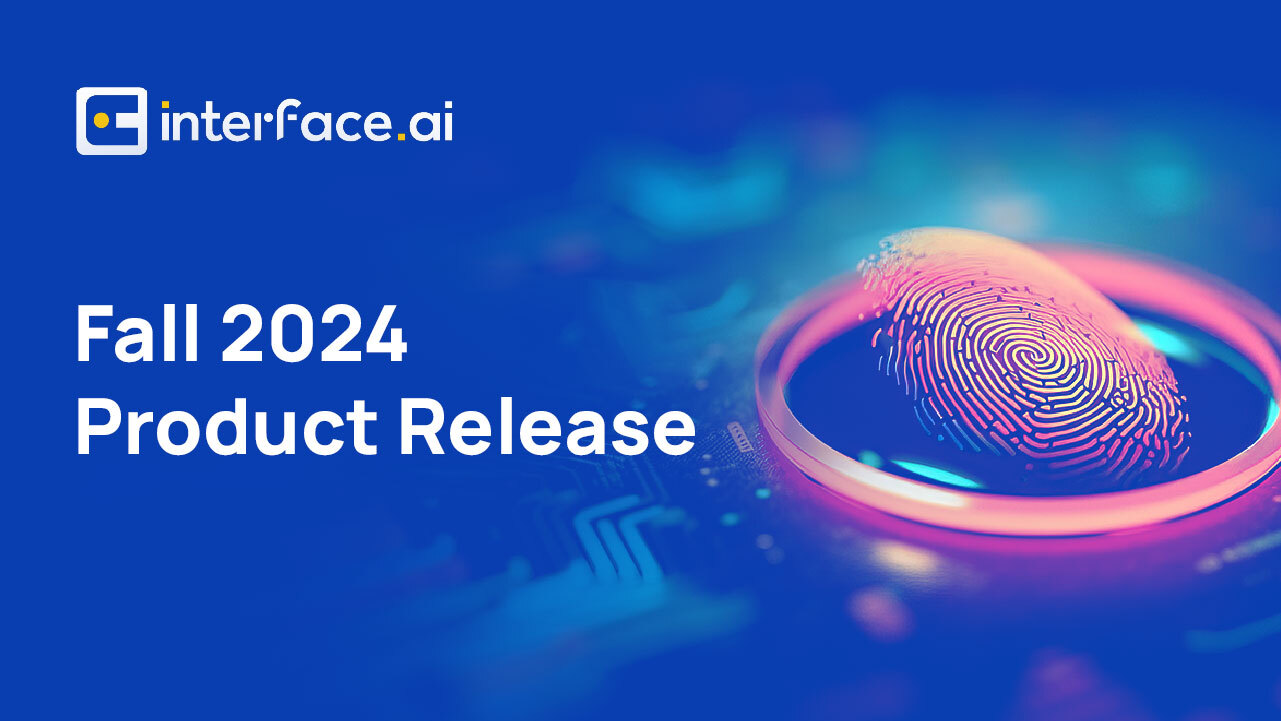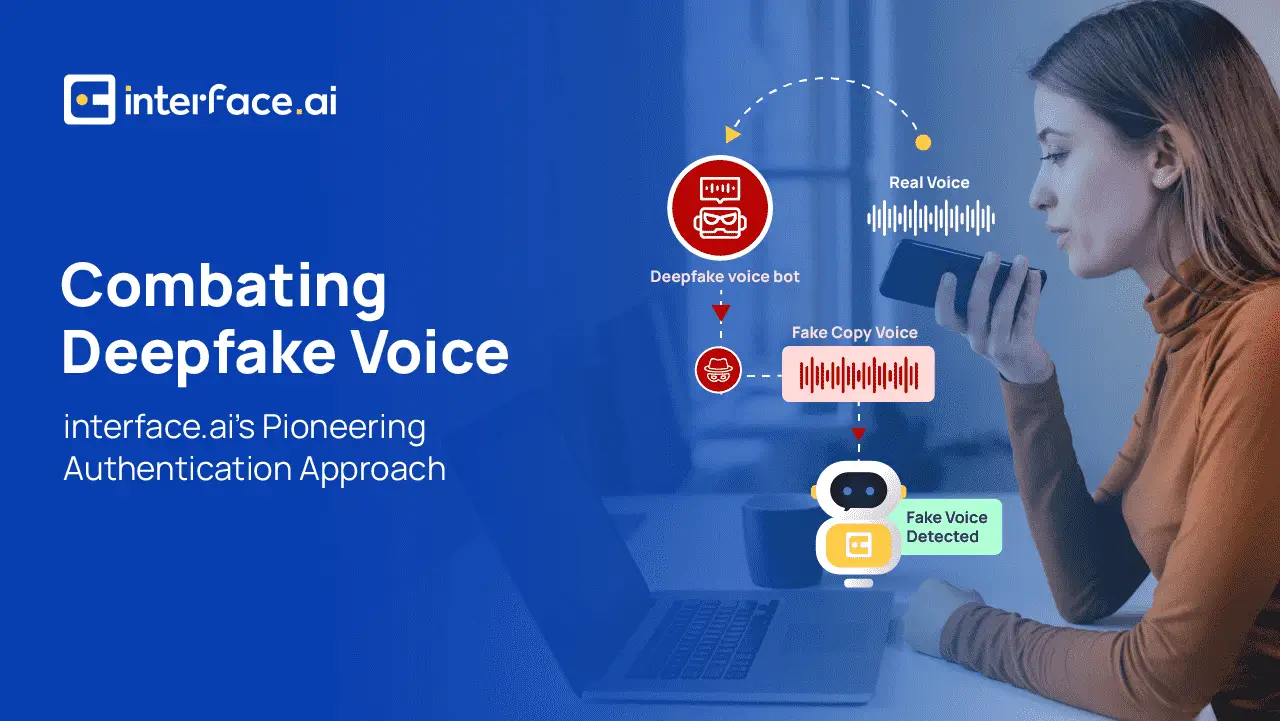
Fortify your AI Voice Agent and Call Center: How Caller ID Verification & Device Biometrics Redefine Fraud Prevention
Introduction
Financial institutions (FIs) – including banks and credit unions – continually face the challenge of protecting members’ sensitive information while offering simple, quick ways to access accounts. Legacy methods like solely asking for Social Security Numbers or PINs are no longer enough. Today’s fraudsters can readily obtain large amounts of personal data, so modern, multi-factor authentication methods are increasingly necessary.
This is where device biometrics plays a major role. By tying authentication to something a person “is” (through the biometric checks on their own smartphone or other personal device), FIs add a layer of security that knowledge-based questions and passwords alone cannot match.
Risk-Based Approach
Many institutions classify activities based on their associated risk level:
- Low Risk Activities: Inquiries that request basic information (e.g., checking balances).
- High Risk Activities: Requests that can change account data or move funds (e.g., transfers, loan payments).
When classifying any activity’s risk, financial institutions ask:
- Does the activity expose sensitive information?
- Does it allow for funds to be transferred or withdrawn immediately?
- Could this change authorized users or otherwise allow account takeover?
A risk-based system ensures that the level of authentication friction (how many hurdles the caller must clear) is proportionate to the sensitivity or impact of the request.
Modern AI Voice Agent Authentication
An AI Voice Agent is often the first stop for a member calling their bank or credit union. Modern authentication within an AI Voice Agent typically includes:
- Knowledge-Based Authentication (KBA): Something a member knows (e.g., SSN).
- Caller ID Verification: A check to see if the caller’s phone number is on file and free of spoofing.
- Biometric Authentication: Something a member is.
Low Risk Activities
For everyday tasks, a credit union might ask for:
- The member’s SSN (KBA).
- A passive check to see if the caller’s phone number matches their account.
- A behind-the-scenes Caller ID Verification to ensure there is no tampering.
If the caller ID check fails or the phone number doesn’t match, the system can automatically “step up” the authentication to something stronger—like biometrics.
High Risk Activities
For activities that move money, change account ownership, or otherwise create greater exposure, financial institutions add device biometrics as a critical extra factor. This stops a bad actor with partial knowledge of account details or a stolen phone from executing high-value transactions—because it’s not just about having the phone; it’s also about the legitimate user passing the biometric check on their device.
The Power of Device Biometrics
Device biometrics leverages hardware-based authentication on a member’s own mobile device (e.g., fingerprint scans or facial recognition). When calling the AI Voice Agent:
- The member confirms their identity on their smartphone, unlocking a cryptographic key stored only on their device.
- The AI Voice Agent checks the signed challenge using the matching public key on file.
- If the signature is valid, the member is securely authenticated.
Why it’s Effective
- Harder to Fake: Fraudsters would need not only the physical device but also access to its biometric lock (fingerprint, face ID, etc.), making remote account takeovers more difficult.
- Better User Experience: Members generally find a quick biometric press or face scan more convenient than juggling one-time passcodes or remembering multiple pieces of information.
- No Additional Voice Recording Needed: Because device biometrics stay on the user’s device, there’s no requirement for extensive legal or compliance steps often needed when capturing a member’s voice or other personal data. The process relies on cryptographic verification instead of storing raw biometric samples.
Caller ID Verification
Even when using device biometrics, Caller ID Verification remains valuable. It provides an additional check that the call actually originates from a legitimate phone line, not a spoofed number. This step:
- Helps prevent fraudsters from even starting the authentication process if they are spoofing a phone number.
- Can trigger “step up” actions if the verification fails, ensuring higher levels of scrutiny.
Enrollment and Member Experience
While voice enrollment can require consent forms and special processes, device biometric enrollment is simpler:
- Opt-In: Members who own a smartphone with biometrics enabled can choose to link their device to their account through the AI Voice Agent or via a self-service portal.
- Key Pair Setup: A secure key pair is generated, with one half staying on the device and the other half securely stored by the institution (or the AI Voice Agent platform).
- Biometric Check: Any time a high-risk activity is requested, the member is prompted to unlock their phone using its built-in biometric process. Once confirmed, the transaction proceeds.
No additional capturing of voice prints or signatures is required because the phone’s built-in biometric system and secure enclave handle the sensitive data.
Putting it All Together
Modern Authentication in an AI Voice Agent environment, focusing on device biometrics, might look like this:
- Call Connects: The system automatically checks Caller ID Verification to see if the number matches a recognized member number.
- Basic Info: For lower-risk tasks, a user might only need to enter their SSN (or a similar basic credential).
- Stepping Up: If the user wants to make a high-risk move (e.g., a transfer), the AI Voice Agent triggers a device biometric prompt. They confirm their identity on their phone, and the Agent receives a secure cryptographic signature to confirm.
- Transaction Complete: The user seamlessly finishes their request with minimal friction.
For an institution, the result is fewer vulnerabilities, less chance of account takeover, and an authentication experience that members actually find easier to use.
Wrap up
Modern AI Voice Agent authentication leverages a combination of knowledge-based checks, Caller ID Verification, and device biometrics to combat growing fraud risks. By shifting a critical layer of security onto the member’s own smartphone, financial institutions:
- Reduce exposure to data breaches (since personal biometric data never has to leave the user’s device).
- Simplify the overall user experience for legitimate members.
- Achieve a higher degree of trust in sensitive or high-value transactions.
Adopting device biometrics in a call center or AI Voice Agent environment is one of the most effective ways to balance convenience and security, ensuring members get the service they need while keeping fraudsters at bay.
interface.ai is the only vendor offering this three-legged stool: the most capable AI Voice Agents, robust Caller ID verification, and secure Device Biometrics. By combining these core pillars into one platform, interface.ai provides unparalleled fraud prevention for financial institutions.
Discover the Latest Insights on Interactive Intelligence for Banking Newsletter
Join the newsletter to receive the latest updates in your inbox.











